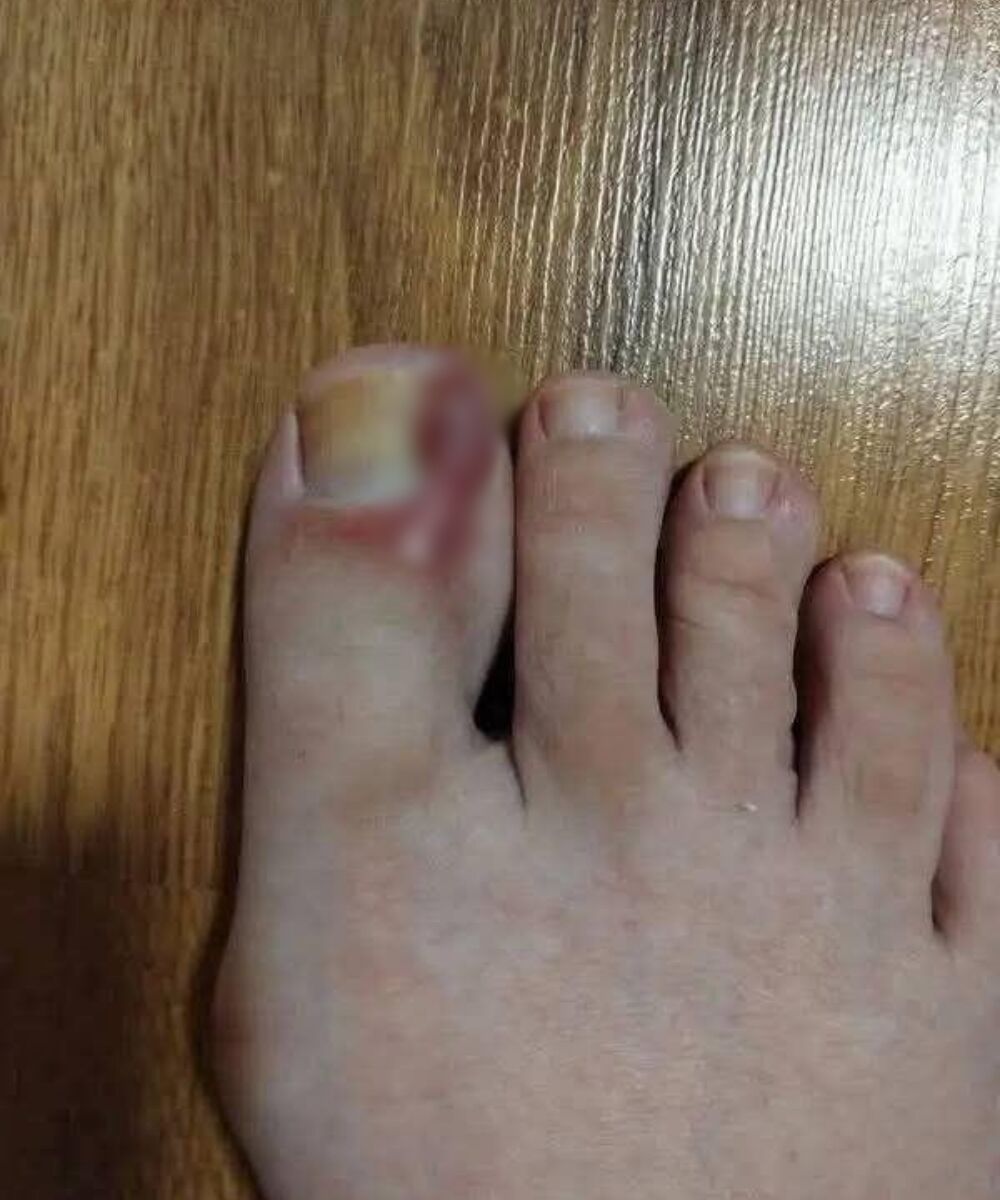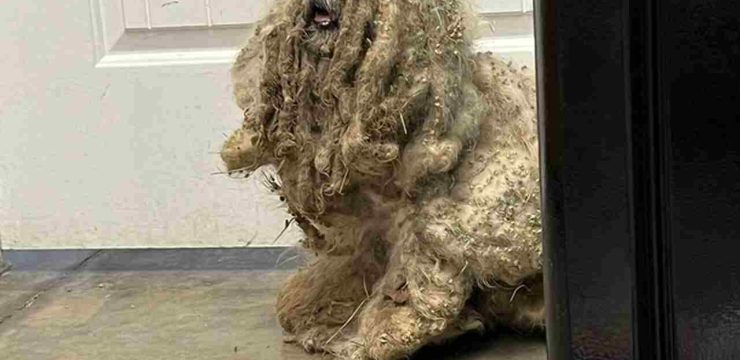An ingrown toenail happens when the edge of a toenail grows into the surrounding skin, leading to pain, redness, swelling, and sometimes infection if not taken care of properly. While severe or recurring cases usually need professional treatment, many mild ingrown toenails can be managed at home with basic care and natural remedies.

Understanding why they develop and how to safely treat them can make a big difference in both healing and preventing them from coming back. Several common causes often contribute to the problem. Wearing shoes that are too tight or narrow can put pressure on the toes, forcing the nail into the skin. Cutting toenails incorrectly, such as trimming them too short or rounding the edges, can also make it easier for the nail to grow into the skin. Toe injuries, naturally curved toenails, and even poor foot hygiene increase the risk as well. Recognizing the signs early is important so you can treat the problem before it worsens.
Symptoms usually include pain and tenderness along one or both sides of the toenail, redness and swelling around the nail, and sometimes a warm sensation in the affected toe. If the condition progresses, you may notice pus or drainage, which are signs of infection and may require medical help. For mild cases, home care is often enough to bring relief and healing. One of the most effective steps is soaking the affected foot in warm salt water. Filling a basin with warm water and adding one to two tablespoons of Epsom salt helps soften the skin, ease inflammation, and reduce discomfort.
Soak the foot for 15 to 20 minutes two to three times a day, then gently dry it afterward. Another helpful method is carefully lifting the ingrown edge of the nail after soaking. Doing this encourages the nail to grow above the skin instead of pressing into it. A small piece of clean cotton or dental floss can be placed under the nail to keep it elevated, but it’s important to change this daily to avoid bacteria buildup. Applying an antibacterial ointment also helps prevent infection. After each soak, put a thin layer of antibiotic cream on the affected area and cover it with a clean bandage to keep the toe protected.
Choosing the right footwear makes a big difference in recovery as well. Shoes with a wide toe box reduce pressure on the toes, and when possible, wearing open-toed sandals can give the toenail space to heal without irritation. For those who prefer natural remedies, several options can bring soothing relief while reducing bacteria. Tea tree oil is well known for its antibacterial properties; mixing a few drops with a carrier oil and applying it to the affected area can help. Apple cider vinegar, when diluted in water and used as a foot soak, may also reduce bacteria and inflammation.
Aloe vera gel, applied directly, provides cooling relief and helps calm irritation. Even though home treatments are effective for many cases, it is important to know when to seek professional medical care. If the pain becomes severe or continues to get worse, or if you notice significant pus, swelling, or spreading redness, it may indicate an infection that requires a doctor’s attention. People with conditions like diabetes or poor circulation should not delay treatment since complications can develop more quickly.
If ingrown toenails keep coming back despite home care, a doctor may recommend procedures such as partial nail removal or other treatments to correct the nail’s growth. Taking steps to prevent ingrown toenails is just as important as treating them. Trimming toenails straight across instead of rounding the edges, keeping feet clean and dry, and wearing shoes that allow toes enough room can greatly reduce the risk. For many people, being mindful of these simple habits helps keep toenails healthy and prevents painful problems from developing.
While an ingrown toenail can be uncomfortable and frustrating, the good news is that with early care and consistent treatment, most mild cases heal well at home. Natural remedies, good foot hygiene, and proper footwear can make recovery smoother and help you avoid future issues. But if the problem escalates, don’t hesitate to consult a medical professional for safe and effective treatment, especially if underlying health conditions put you at higher risk. By paying attention to both treatment and prevention, you can keep your feet healthy and pain-free.





